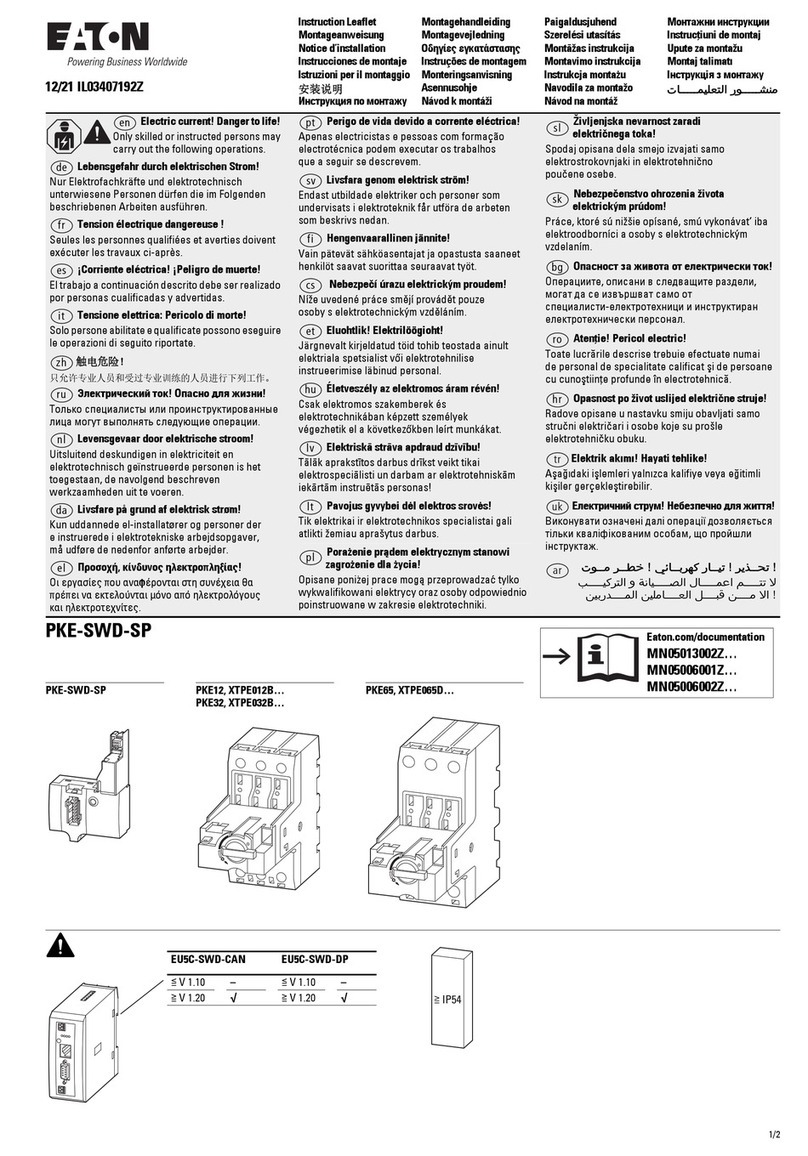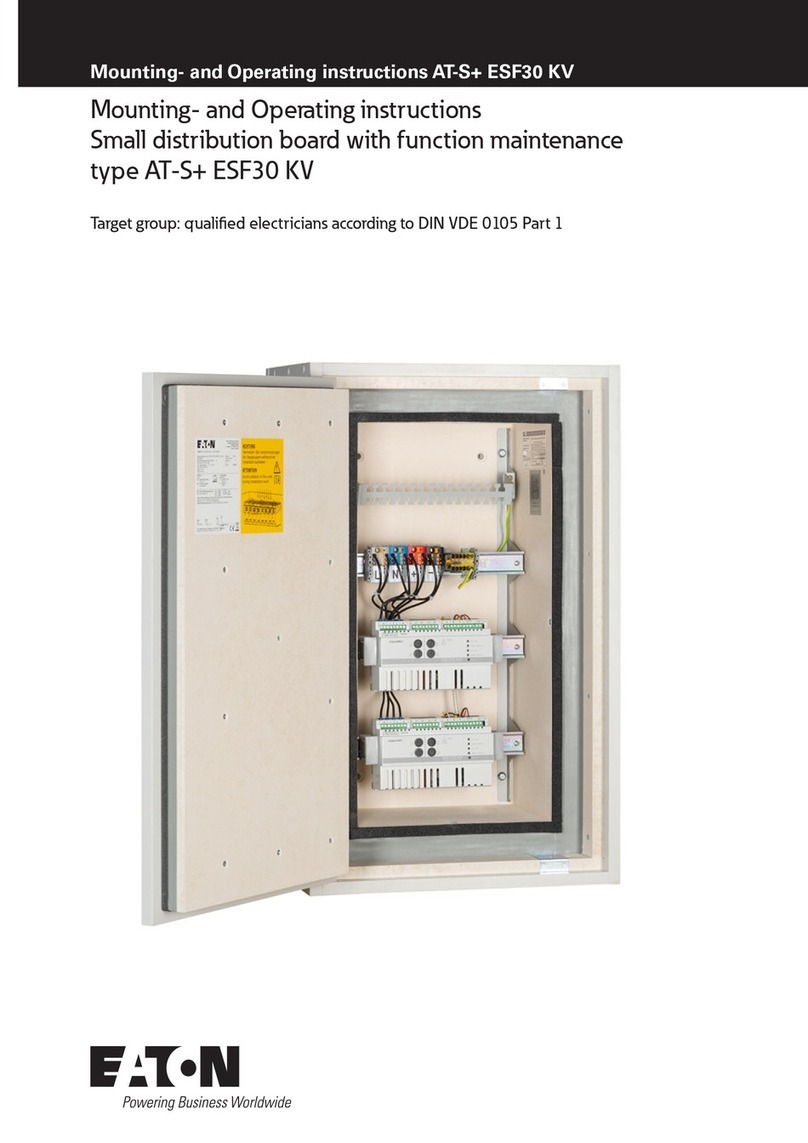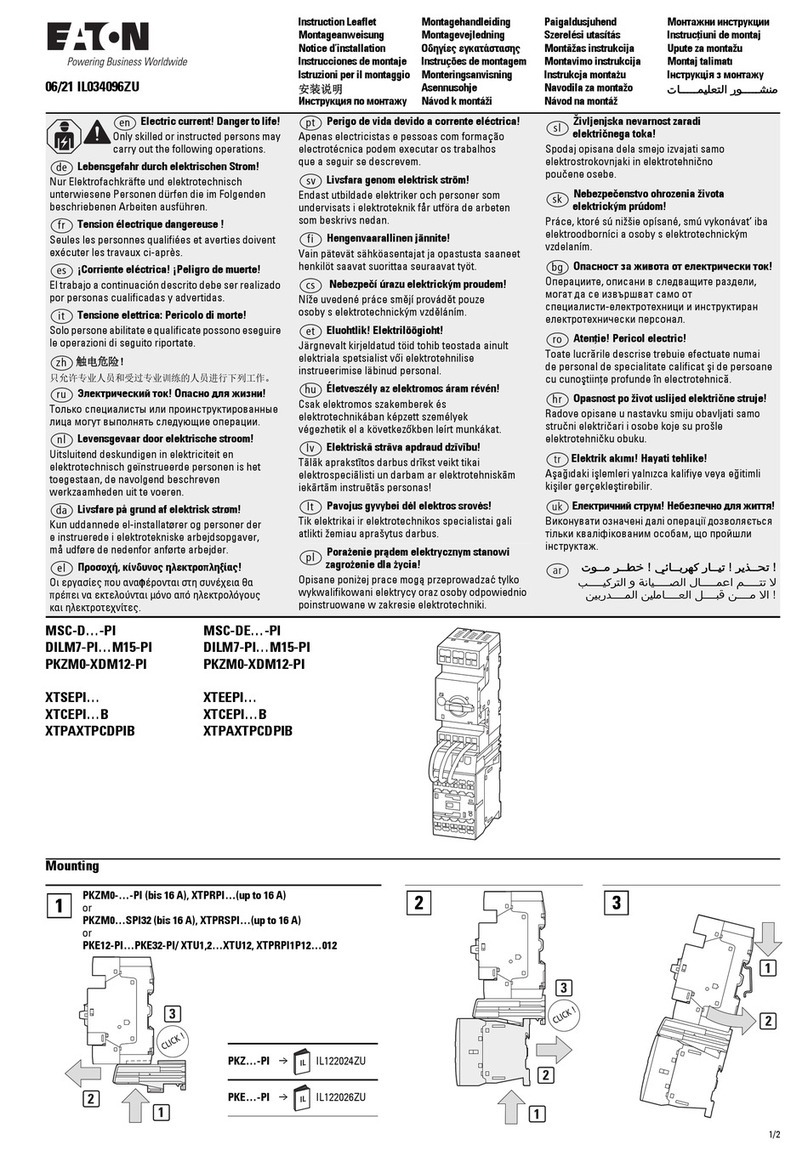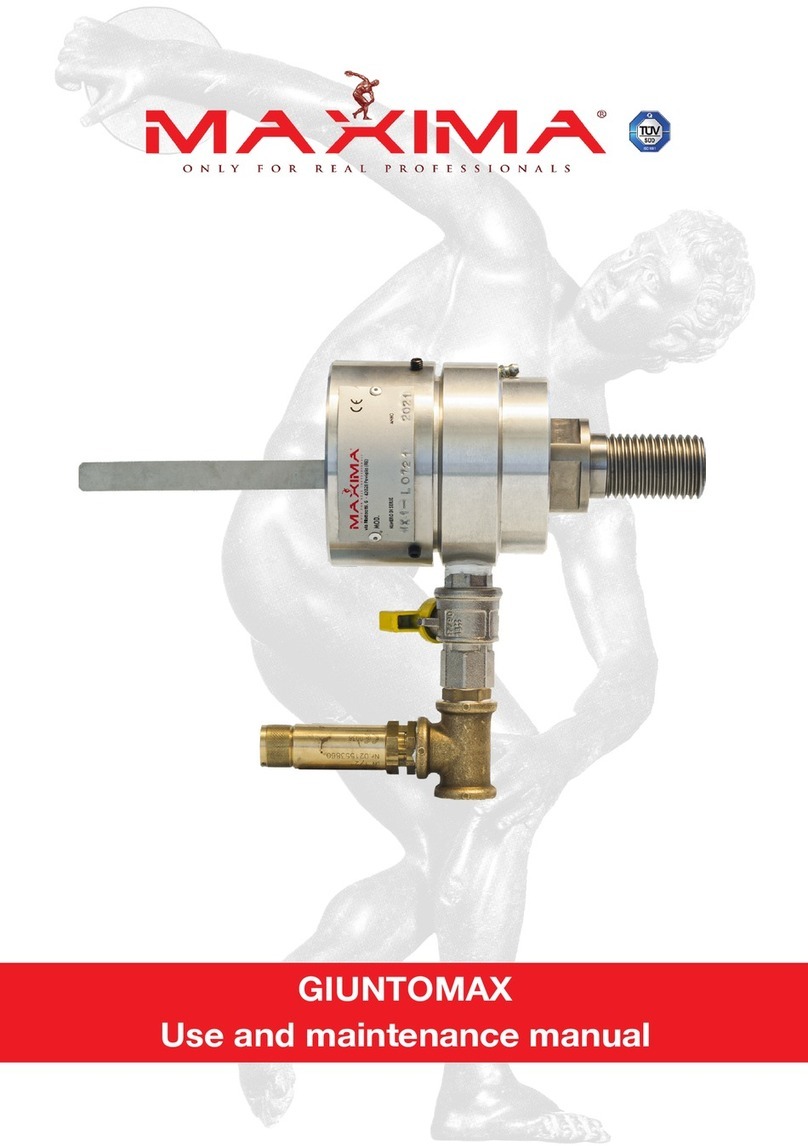Eaton Digitrip RMS 910 User manual
Other Eaton Industrial Equipment manuals

Eaton
Eaton NN-GW-100-LAN User manual
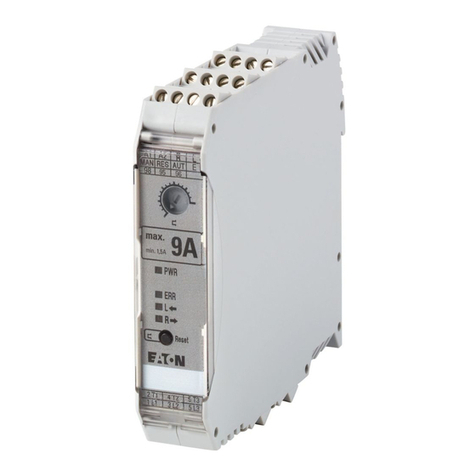
Eaton
Eaton EMS-2 Manual
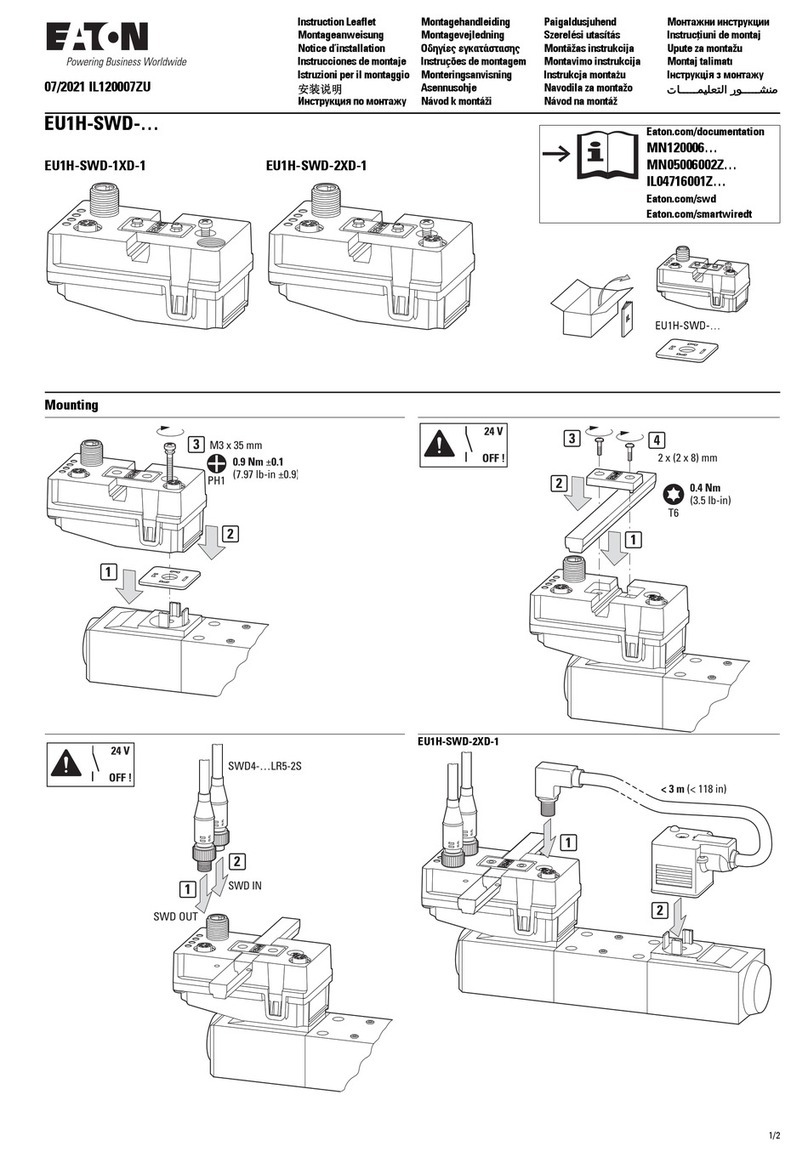
Eaton
Eaton EU1H-SWD Series Manual
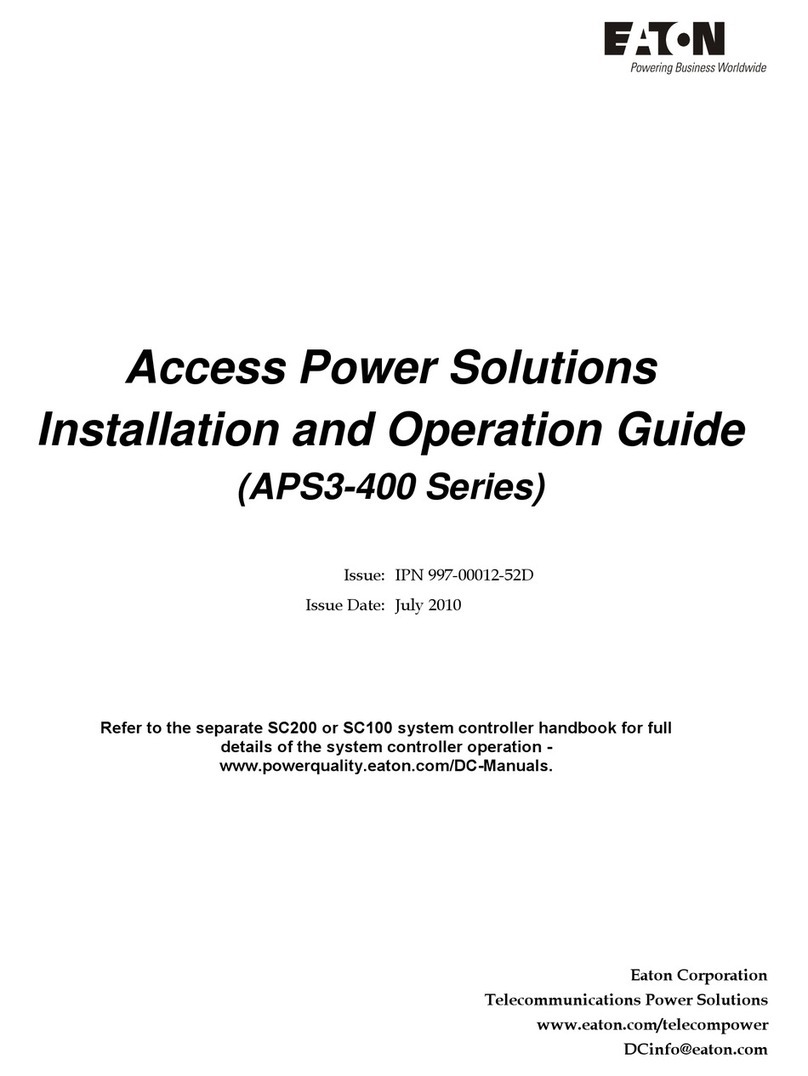
Eaton
Eaton APS3-400 Series Operating instructions

Eaton
Eaton SONIX Mute Ex User manual
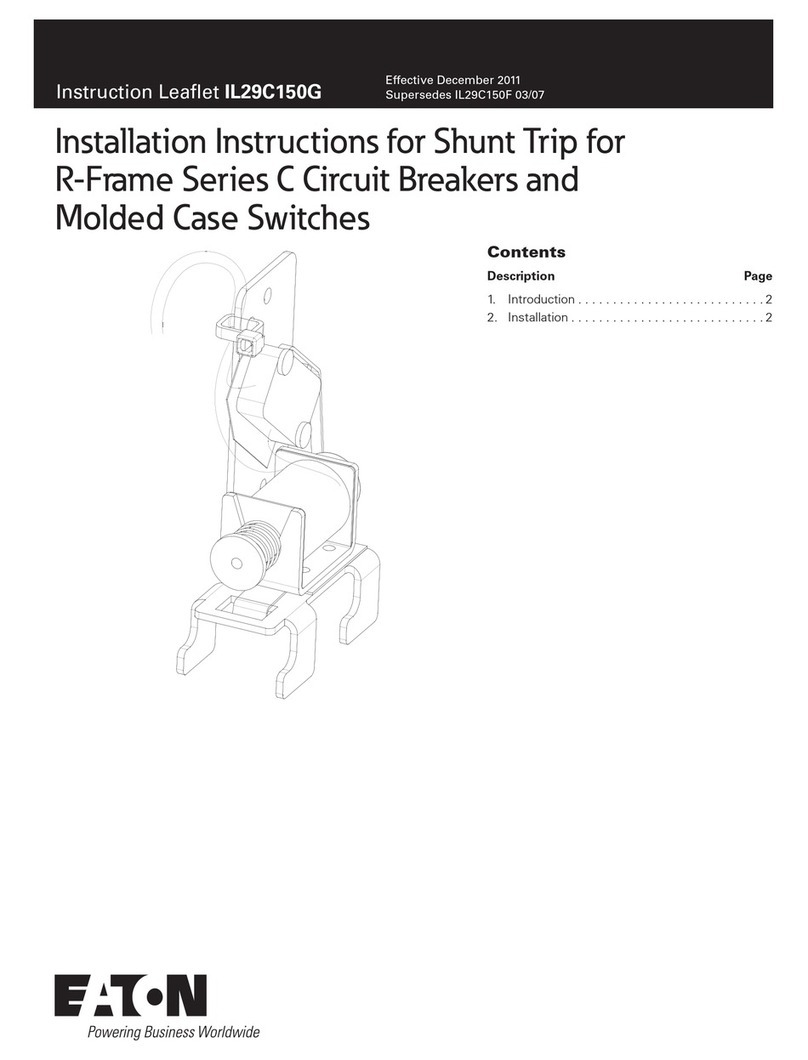
Eaton
Eaton R-Frame Series User manual

Eaton
Eaton Quickmov SPDQM1 User manual
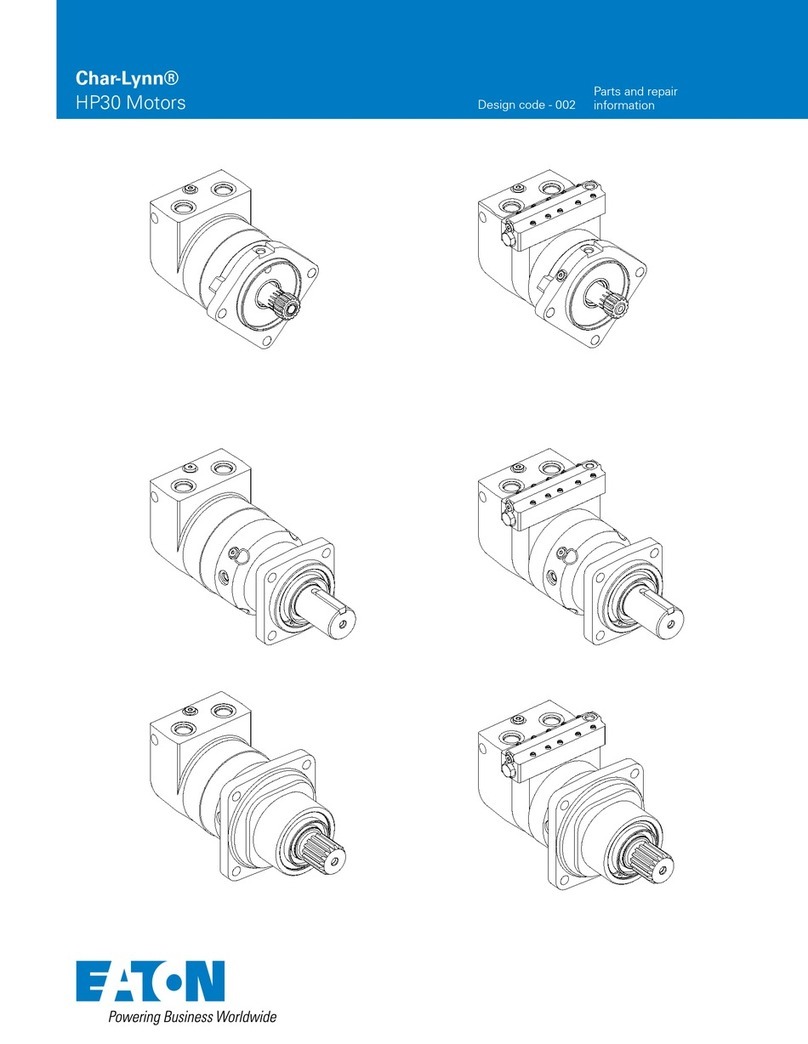
Eaton
Eaton Char-Lynn HP30 User manual

Eaton
Eaton EU1E-SWD Series Manual
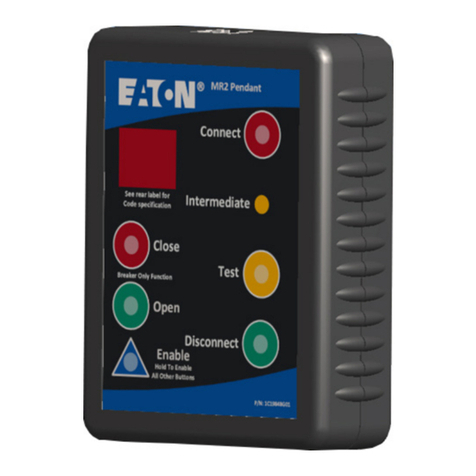
Eaton
Eaton VC-W MR2 Installation and operation manual

Eaton
Eaton TE series Supplement
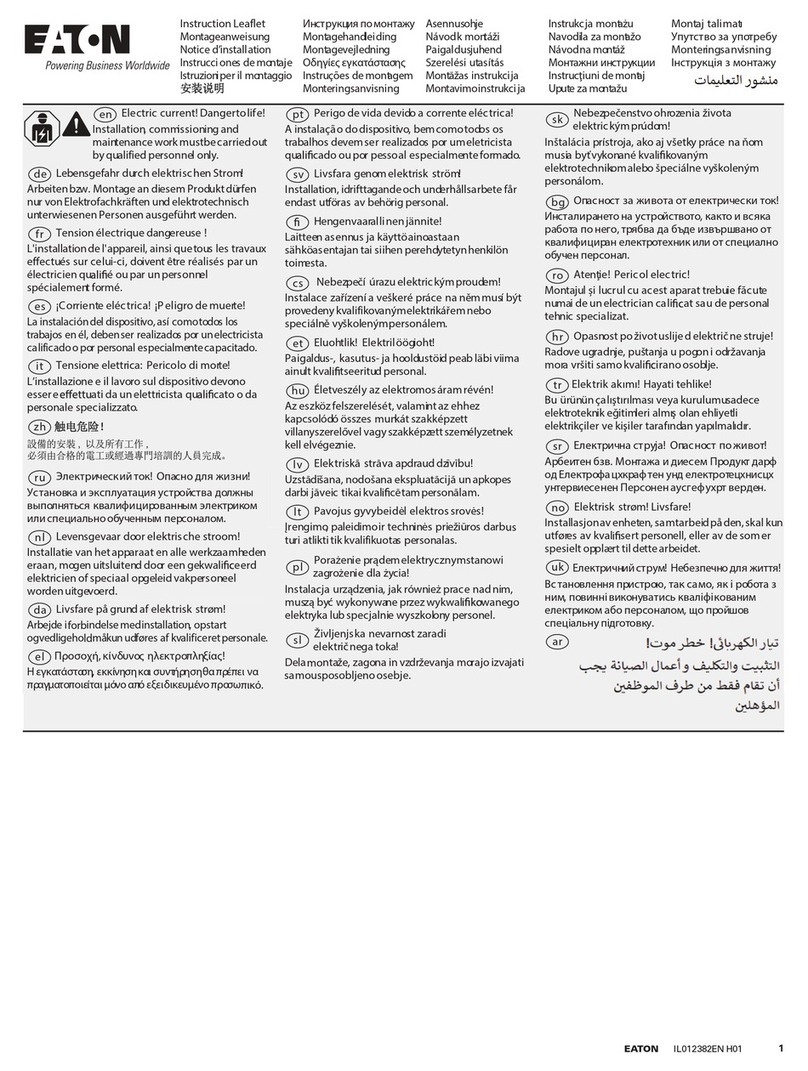
Eaton
Eaton Power Defense Manual

Eaton
Eaton Airflex WCB2 Series Owner's manual
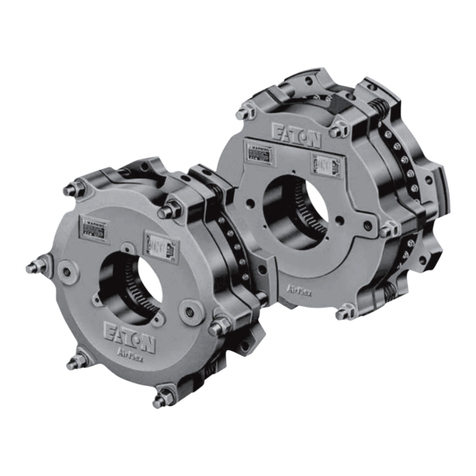
Eaton
Eaton Airflex WCBD Series User manual

Eaton
Eaton RMQ-Titan M22-PV Series User manual
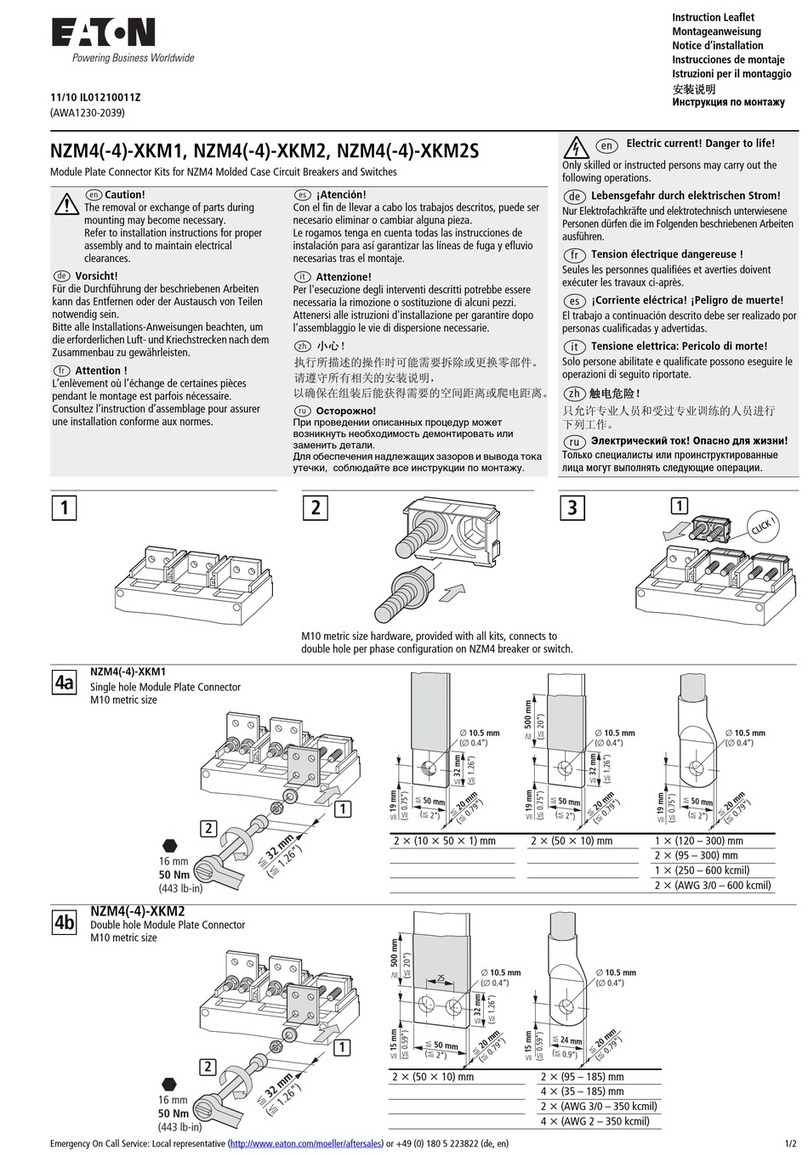
Eaton
Eaton NZM4-4-XKM1 Manual
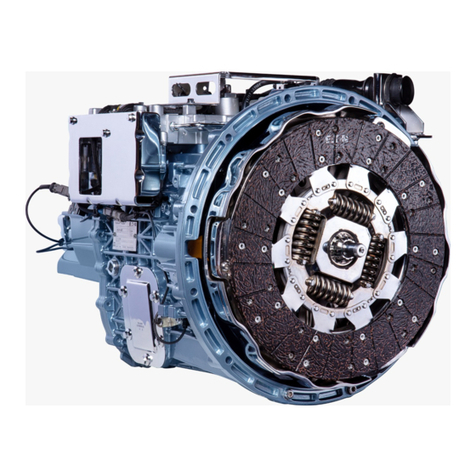
Eaton
Eaton EABO-6106 User manual
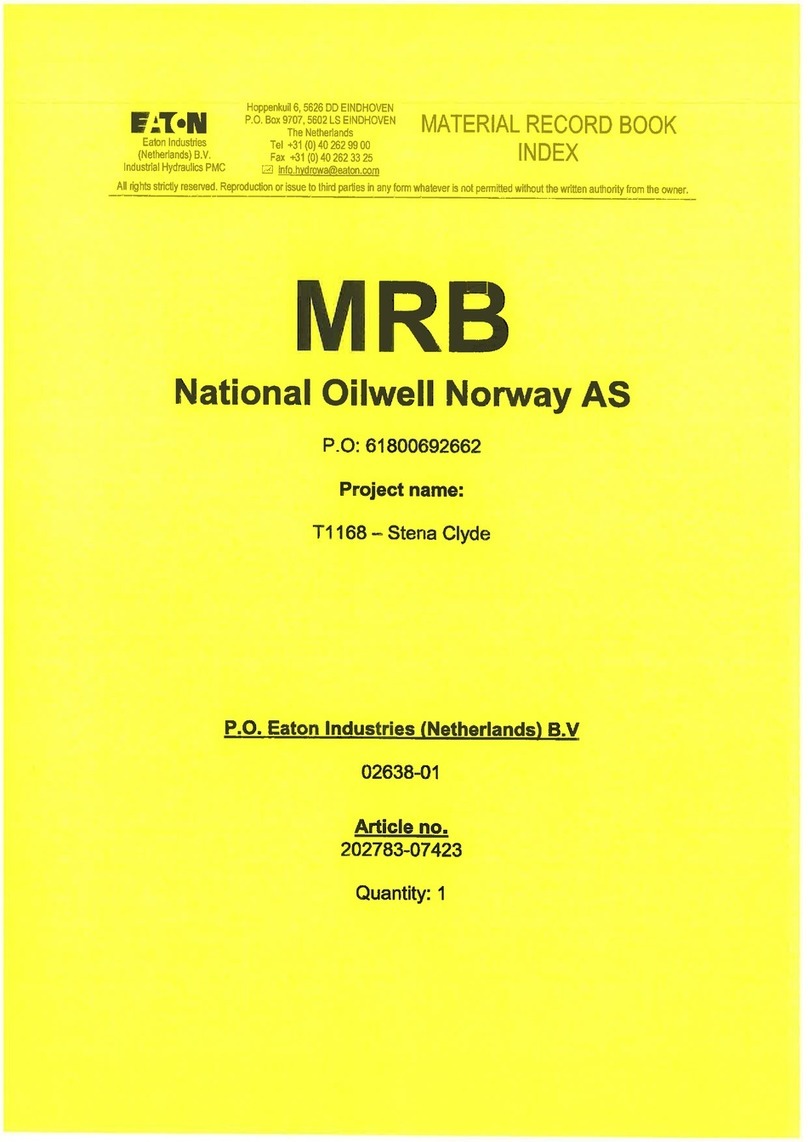
Eaton
Eaton Hydrowa User manual
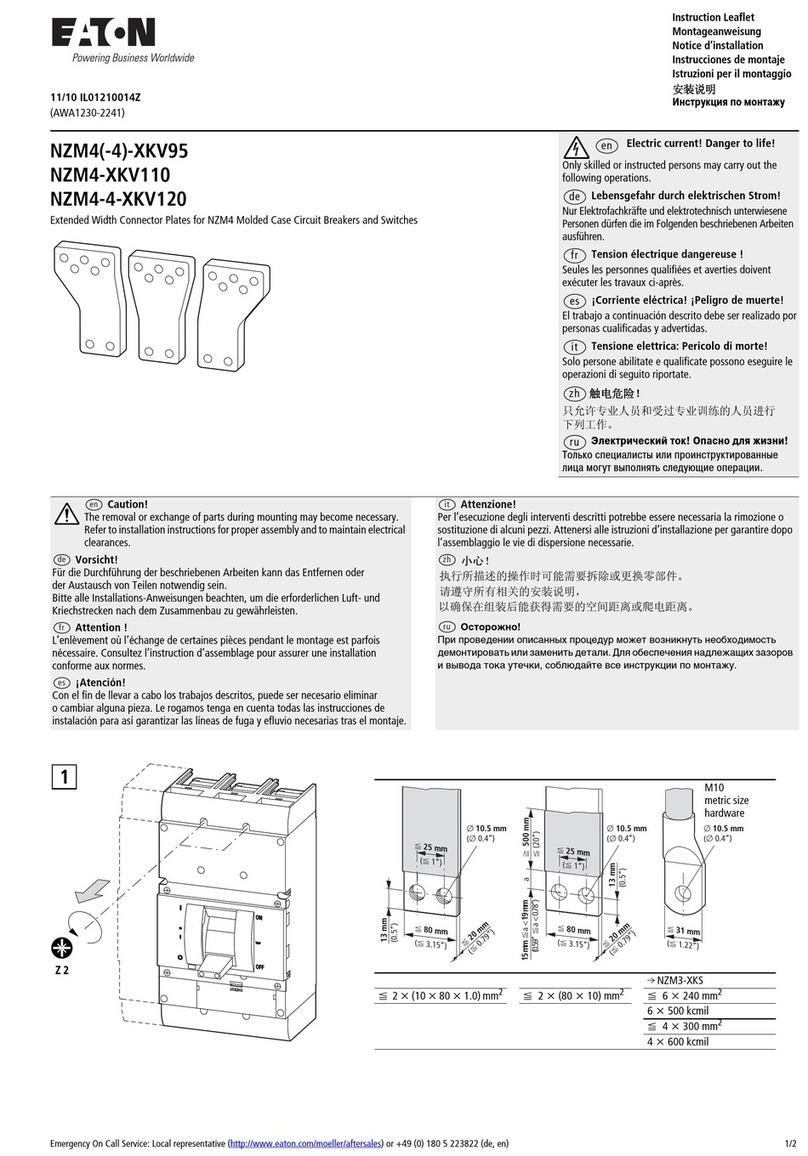
Eaton
Eaton NZM4-XKV95 Manual
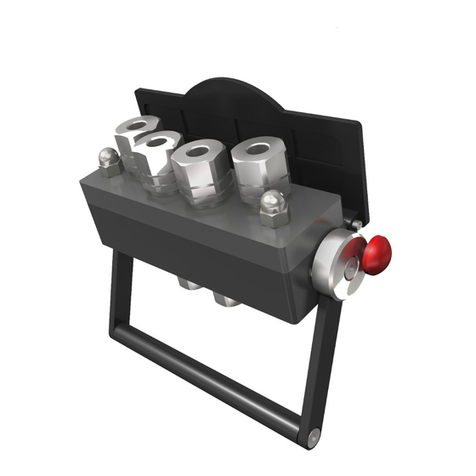
Eaton
Eaton Multi-FF Series User manual
